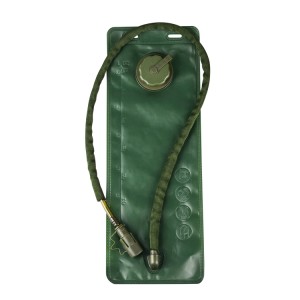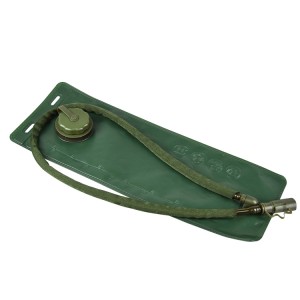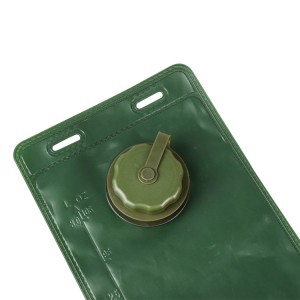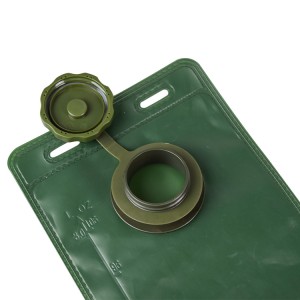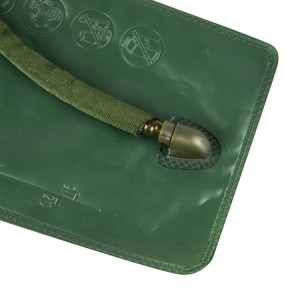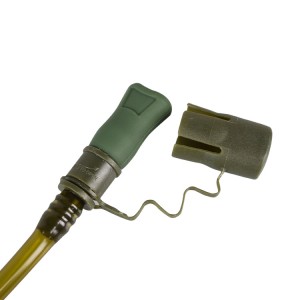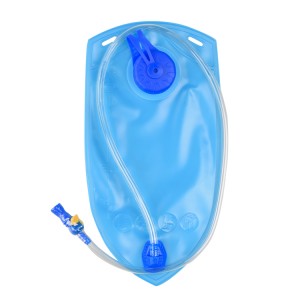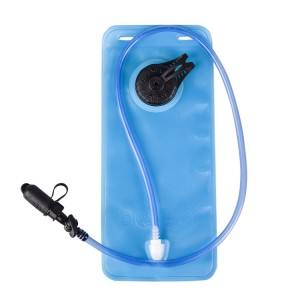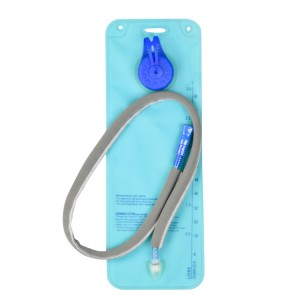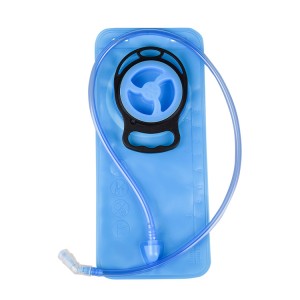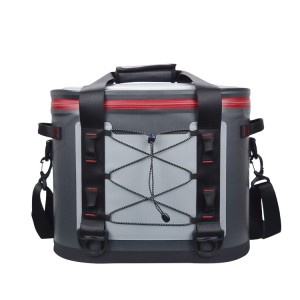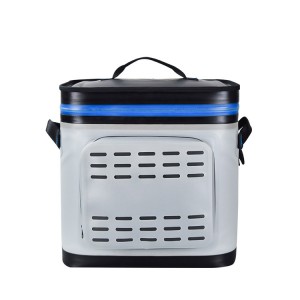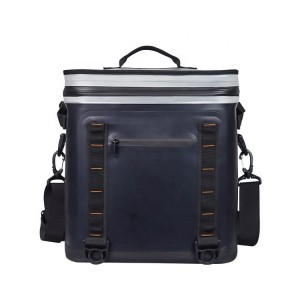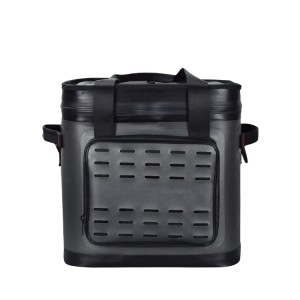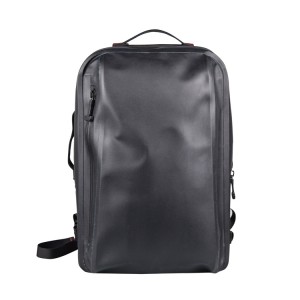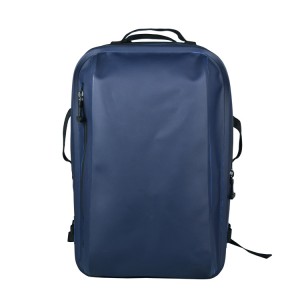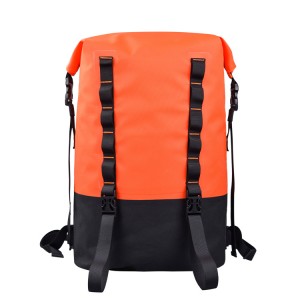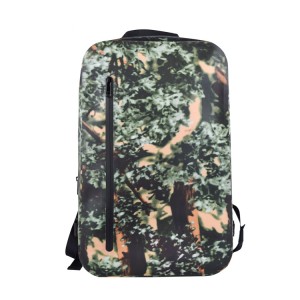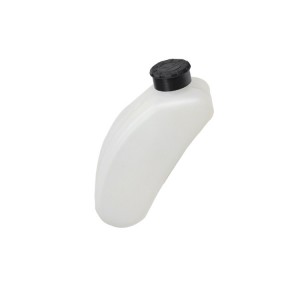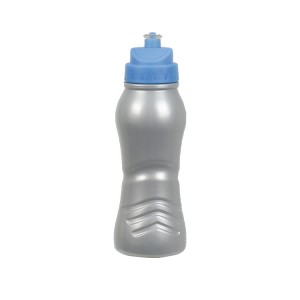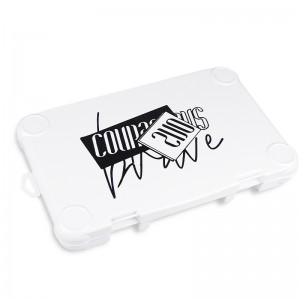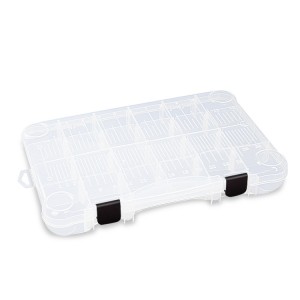backpack water bladder
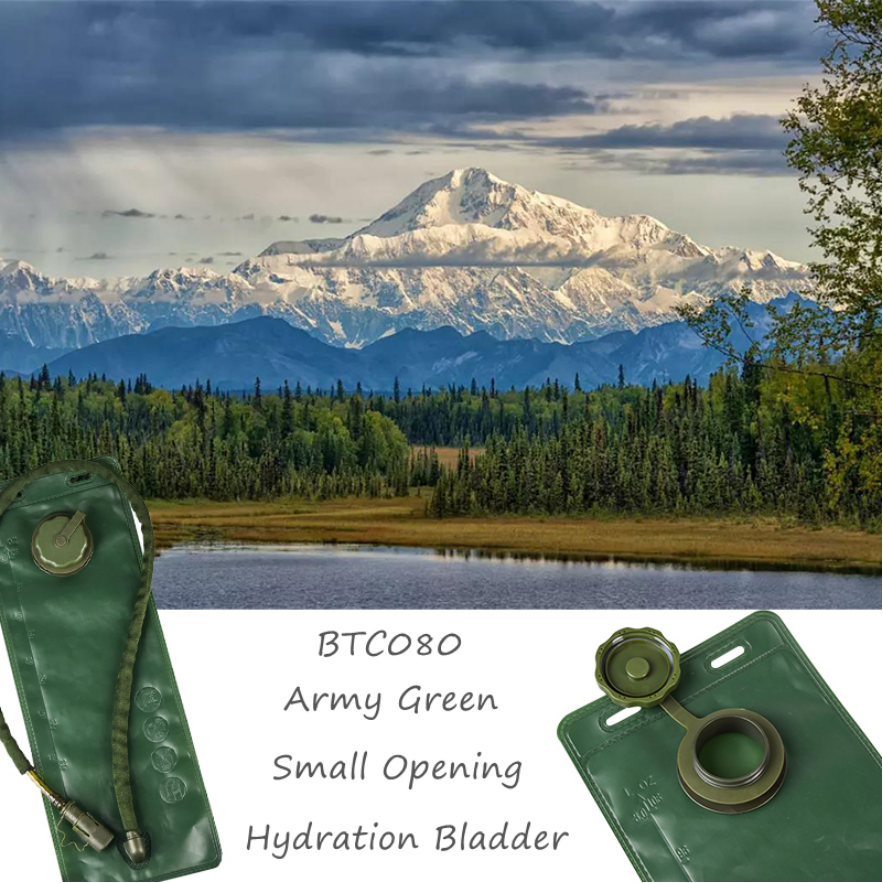
Product Specification
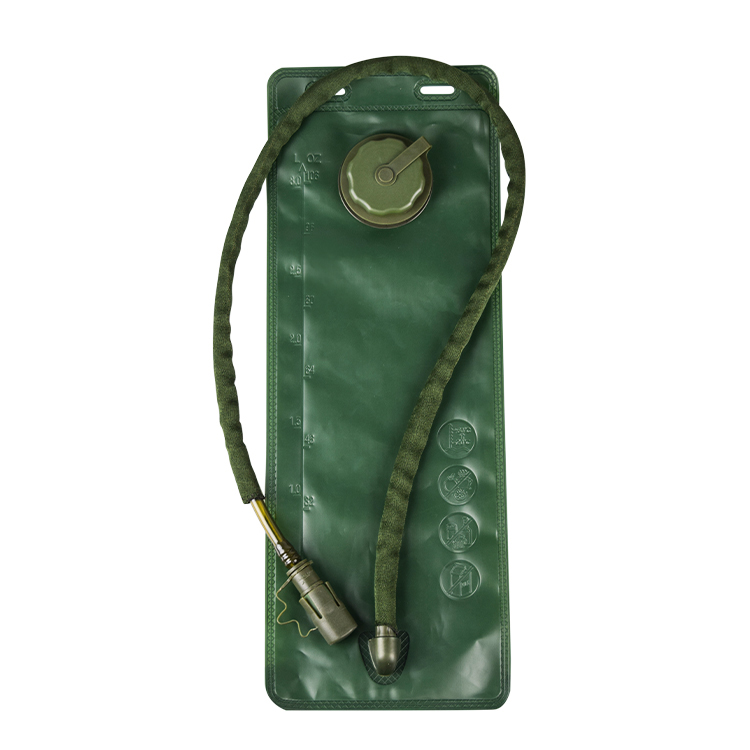
Item No: BTC080
Product name: Water bladder
Material: TPU/EVA/PEVA
Usage: Outdoor sport
Color: Customized color
Feature: Lightweight
Volume: 1L/1.5L/2L/3L
Packing: 1pc/poly bag+carton
Application: Outdoor equipment
Specification: 47.4x17.5cm
Product Details
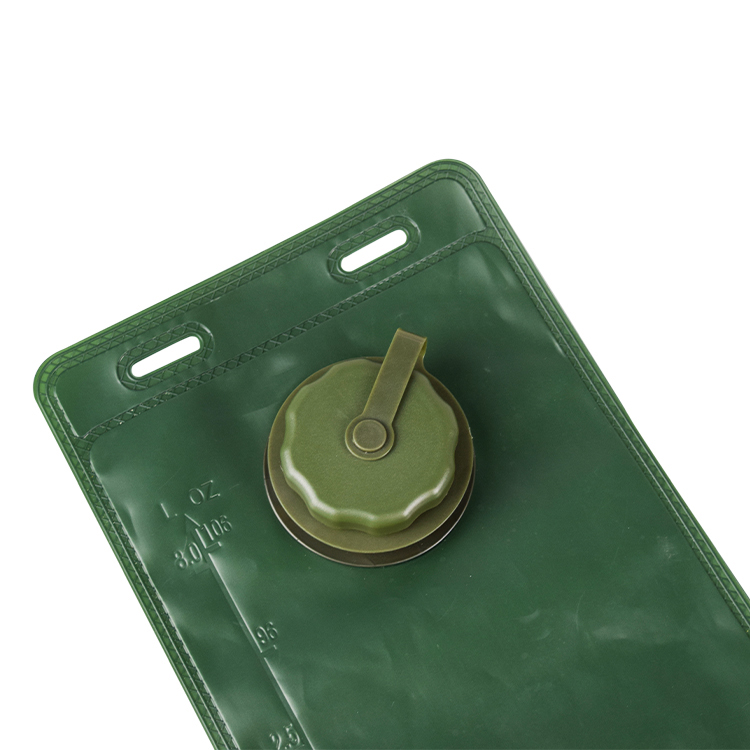
The water bladder is strictly certified and meets international
standards. Does not contain BPA. No matter it is a water
bag or a suction nozzle, there is no unpleasant plastic smell.
The bag body adopts advanced welding and sealing
technology, so there is no need to worry about the
hydration bladder being squeezed and leaking.
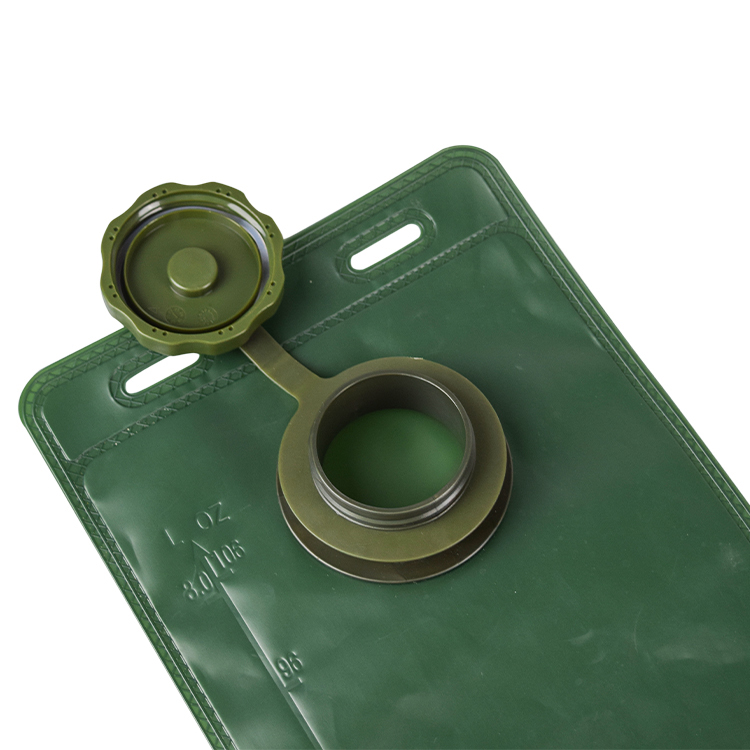
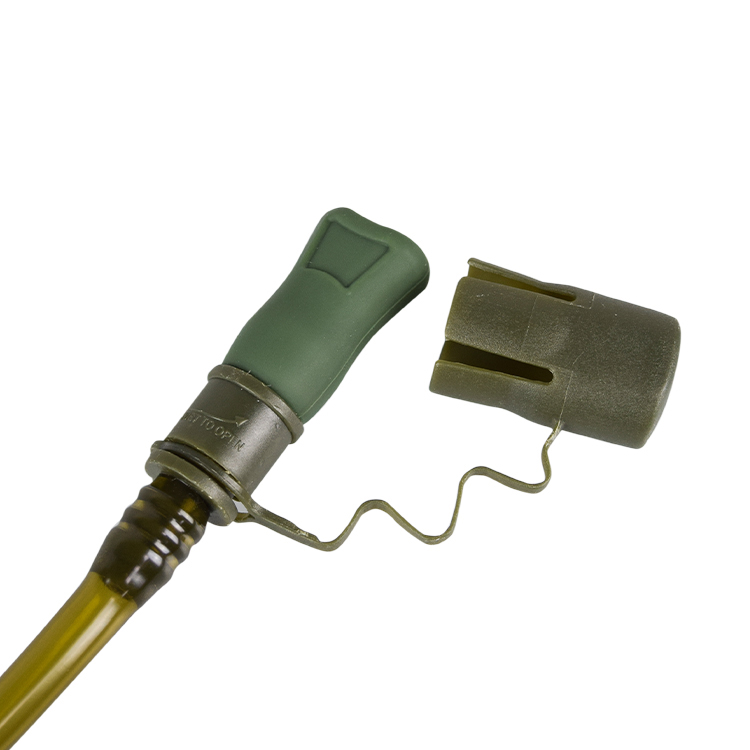
The high-quality suction nozzle has the characteristics of
no peculiar smell, large water output, and no water leakage.
It is also equipped with a dust cover, which is more hygienic.
Water pipes can be easily disassembled at the connection
point for easy cleaning, storage, and replacement of accessories.
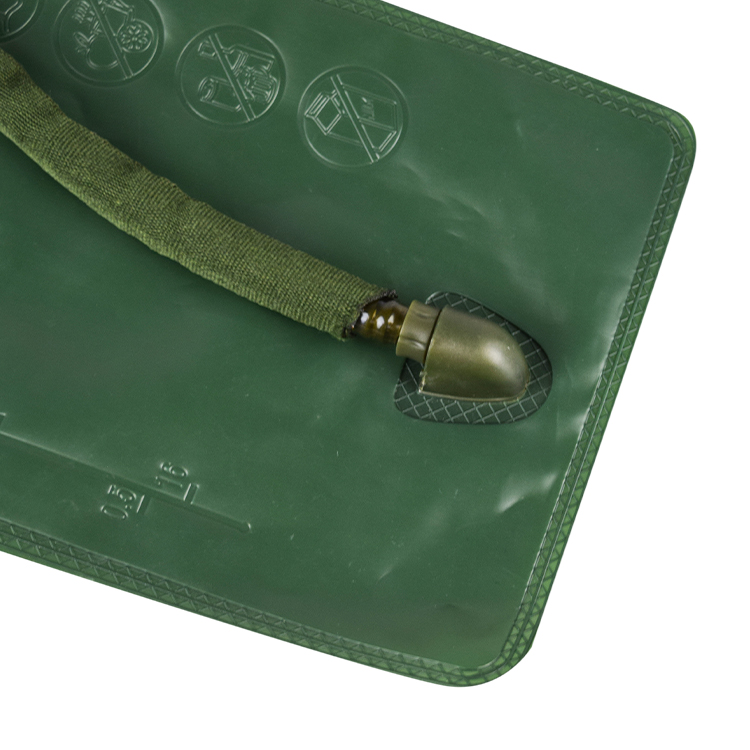
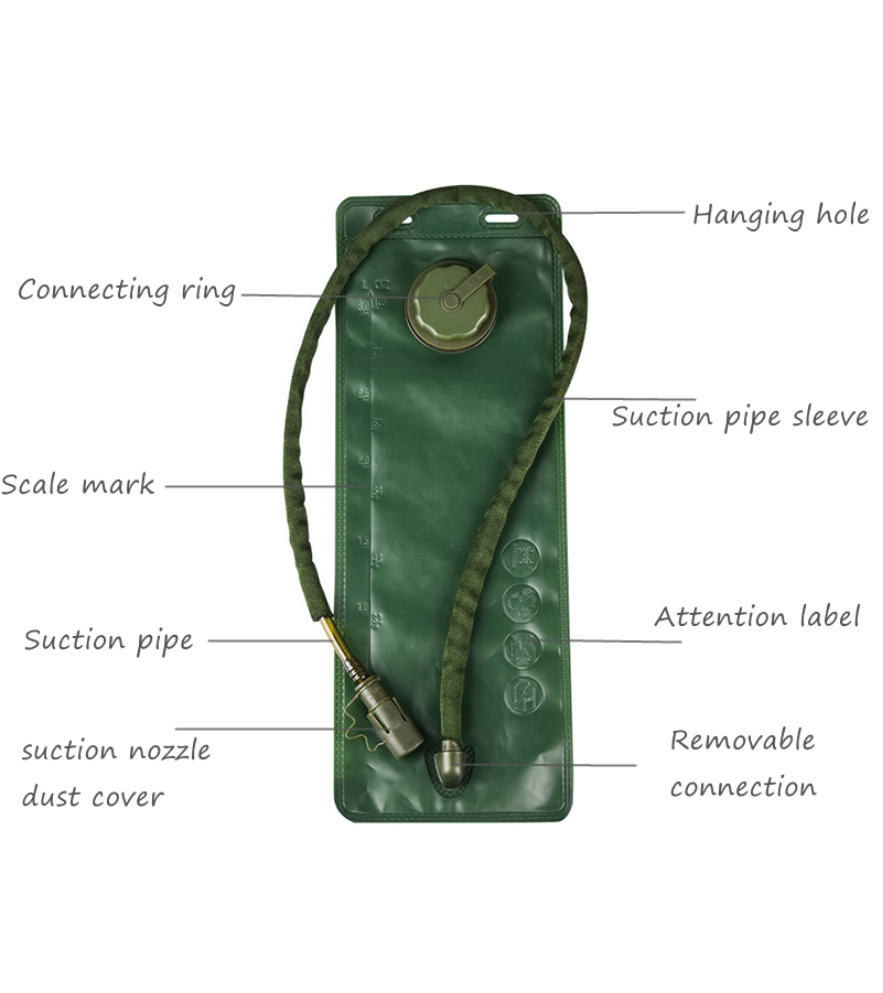
Product Instructions

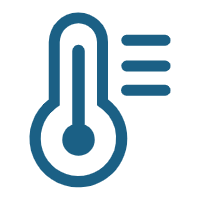
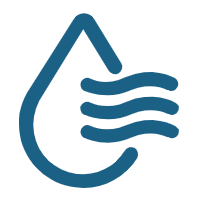

1. Do not place it with sharp objects to avoid scratching the water bladder.
2. It is recommended to fill in water of minus 20 degrees to plus 50 degrees to avoid burns.
3. The water bladder should be cleaned and dried in time after use to avoid breeding of bacteria.
4.Water bladder cannot be used to hold wine or carbonated beverages.
The water bladders produced by our company have passed the international environmental protection certification, which is safe and secure. The smooth inner wall of the hydration bladder can prevent the formation of scale and keep the water body clean. The screw water cap with handle is easy to operate, tightly sealed, and the handle is convenient to carry. The water pipe jacket can protect the water pipe and has a certain thermal insulation effect. The detachable suction pipe is convenient for cleaning and storage, and the bag body can also be used as a water container alone.
Are there any water bladders with insulated sleeves?
Yes, there are many water bladders with insulated sleeves available on the market. Some popular examples include the Osprey Hydraulics Insulated Delivery System, the CamelBak Crux Insulated Tube, and the Platypus Big Zip Evo Reservoir with Insulated Tube. These insulated sleeves help prevent water from freezing in cold temperatures and also keep water cool in hot temperatures. They are often used for outdoor activities such as hiking, camping, and skiing.
How to prevent leaking from a water bladder?
1. Check for damage: Before using the water bladder, always check for any signs of damage such as tears, holes, or cracks. If you notice any, do not use the bladder as it will likely leak.
2. Tighten all connections: The most common cause of leaking in a water bladder is loose connections. Make sure to tighten all the connections properly before filling the bladder with water.
3. Avoid overfilling: Only fill the bladder with the recommended amount of water. Overfilling can put pressure on the bladder's seams and cause it to leak.
4. Properly secure the cap: After filling the bladder, securely fasten the cap to prevent any water from leaking out.
5. Do not expose to extreme temperatures: High temperatures can cause the bladder to expand and potentially cause leaks. Make sure to store the bladder in a cool and dry place.
6. Handle with care: Avoid dropping or putting pressure on the bladder as this can damage it and cause it to leak.
7. Regularly clean and maintain: Proper cleaning and maintenance can help prevent leaks in the bladder. Rinse it with warm soapy water after each use and let it dry completely before storing it.
8. Use a protective cover: If you will be using the bladder in rough or rocky terrain, consider using a protective cover to prevent any punctures or tears.
9. Replace old bladders: Over time, the material of the bladder can weaken, making it more prone to leaks. If you notice any signs of wear and tear, it's time to replace the bladder.
10. Carry a patch kit: In case of a small puncture, having a patch kit on hand can help fix the leak temporarily until you can replace the bladder.



